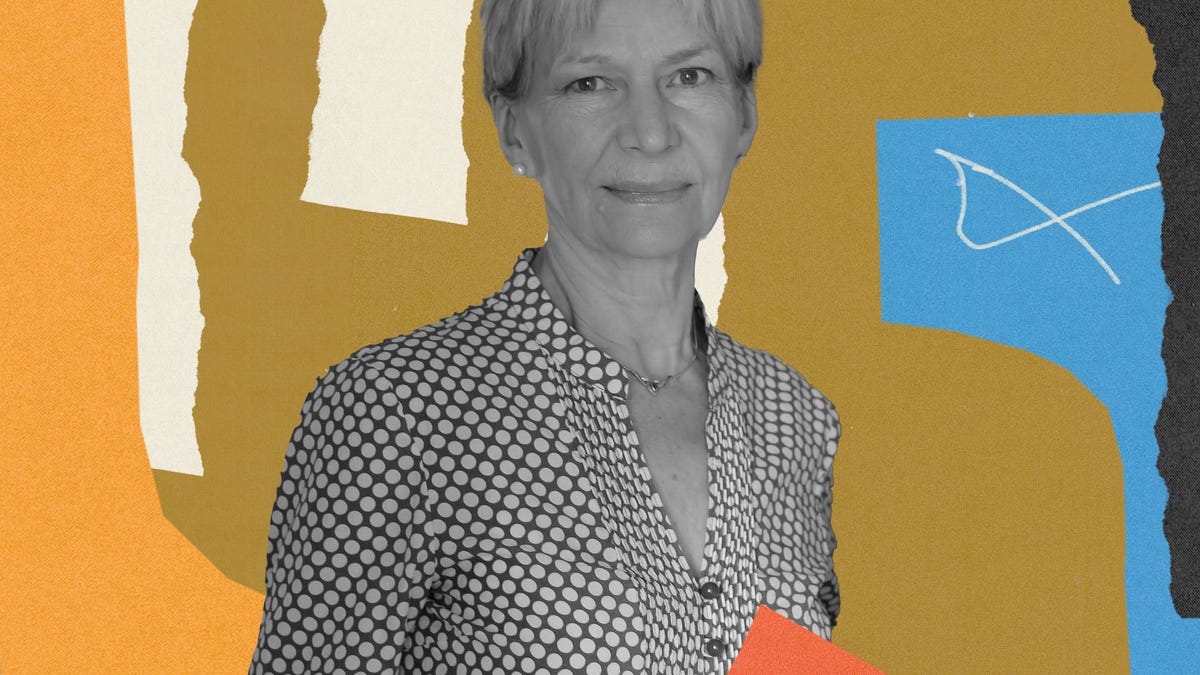
Although China has the largest carbon footprint in the world, its per capita income and emissions are far lower than those of most rich countries.
One of the main outcomes of COP27, the climate conference held in Egypt earlier this month, was the creation of a new UN-administered fund to compensate developing countries for the costs of natural disasters linked to climate change.
Convincing rich countries to agree to such a 'damage and loss' fund was seen by many developing country activists and diplomats as the minimum outcome of COP27 that could be considered a success. But beyond its existence, little is known about the fund, other than its purpose, how it will be used by vulnerable countries or where the money will come from.
Read more
The deal makes it clear that it's not just the usual suspects – the United States, Europe, Canada and the other biggest historical emitters of greenhouse gases – that will be eliminated. Funding must come from "new and additional resources (…) other sources, instruments, processes and initiatives, including outside the Convention and the Paris Agreement", specifies the agreement.
The term implies that multinational financial institutions such as the World Bank can contribute, as well as non-governmental organizations. And it suggests that individual countries, whose economies and emissions have grown dramatically since the start of the UN climate conference in 1992, must also play their part, especially China, many Western leaders argue, because the country now has the largest carbon sink in the world. trace.
Former British Prime Minister Gordon Brown told the Guardian on November 26 that China should contribute more to the damage and loss. EU climate representative Frans Timmermans and other leaders made similar announcements at the COP.
China's emissions and per capita income are still relatively low
However, there is little reason to believe that China will come to the rescue of erosion. At COP27, China's climate envoy Xie Zhenhua specifically said his country would not contribute to the new fund. And the facts seem to lend moral support to his arguments.
As with all forms of global climate finance, contributions to damage and loss funds are voluntary, which means that holding individual donors accountable is academic work and not legally binding. But in a June 2022 article (PDF), economists from Britain's Overseas Development Institute (ODI) think tank sought to identify potential new contributors to climate finance by looking at rich country emissions and revenues (or climate conditions of Annex II countries, for comparison). , the list which (including EU, USA, Canada and Australia) with any other country. Specifically, the ODI looks at income per capita for a country's ability to pay and cumulative emissions per capita since 1990 as a country's contribution to the climate crisis.
datawrapper-chart-9x9hQ
The ODI logic was that any non-annex II country that scored one or two of these criteria higher than an annex II country could be a mandatory applicant for climate finance. On this basis, China is off the hook. Revenue and emissions rank among the wealthiest countries with the highest emissions among all Annex II countries.
datawrapper-graph-lYZ6l
GCC countries should contribute more to climate finance
The ODI analysis identifies other potential contributors. Singapore and Qatar have higher emissions and per capita income than most Annex II countries. Singapore has yet to contribute anything to global climate finance. In 2021, Qatar committed $500,000 to the former United Nations fund, which supports climate change adaptation projects. And while the small European financial center of Liechtenstein maintains low emissions, it is another high-income country not included in Annex II.
The analysis also shows that Israel and other oil and gas exporting Gulf countries such as Saudi Arabia, Kuwait and the United Arab Emirates have higher revenues and emissions than some or many countries in Annex II. Conversely, it also suggests that some climate-affected countries – the Bahamas, Trinidad and Nauru – are the most vocal proponents of damage and loss funds. These islands are sparsely populated and often rely on diesel generators and other inefficient electrical systems with high pollution levels, so their per capita emissions are relatively high. But none of these countries has a higher income than any of the Annex II countries.
Obviously, blaming climate change is a confusing business without clear answers. And given that the more obvious Annex II contenders have yet to meet their 2009 fundraising commitments to raise $100 billion a year in total climate finance by 2020, smaller contenders have enough of political cover to continue. Dubai is unlikely to provide further details or fund the loss and damage fund until next year's COP28.
Other uses of quartz
Subscribe to the Quartz newsletter. For the latest news: Facebook, Twitter and Instagram.
Click here to read the full article.

One reply on “Why China Should Be Off The Hook For Climate Finance”
Thanks for sharing. I read many of your blog posts, cool, your blog is very good.